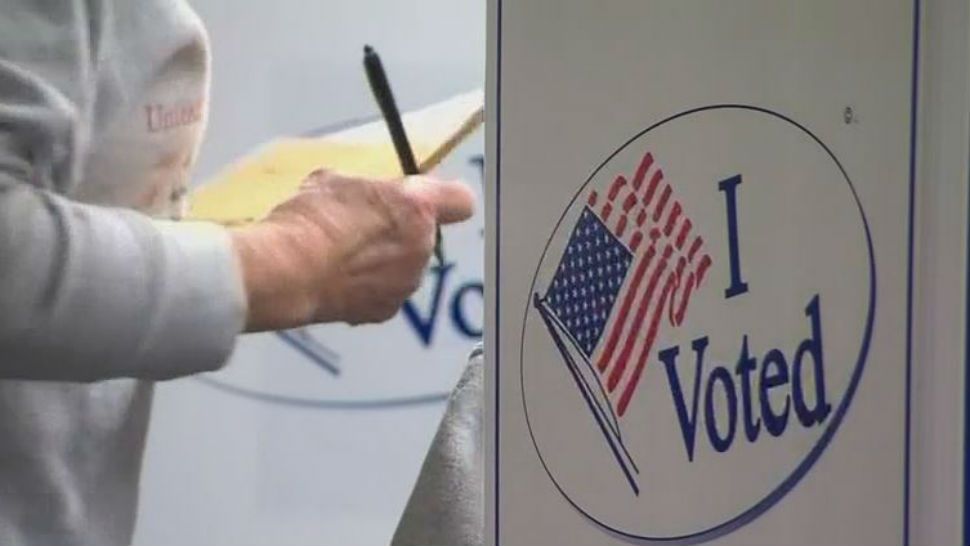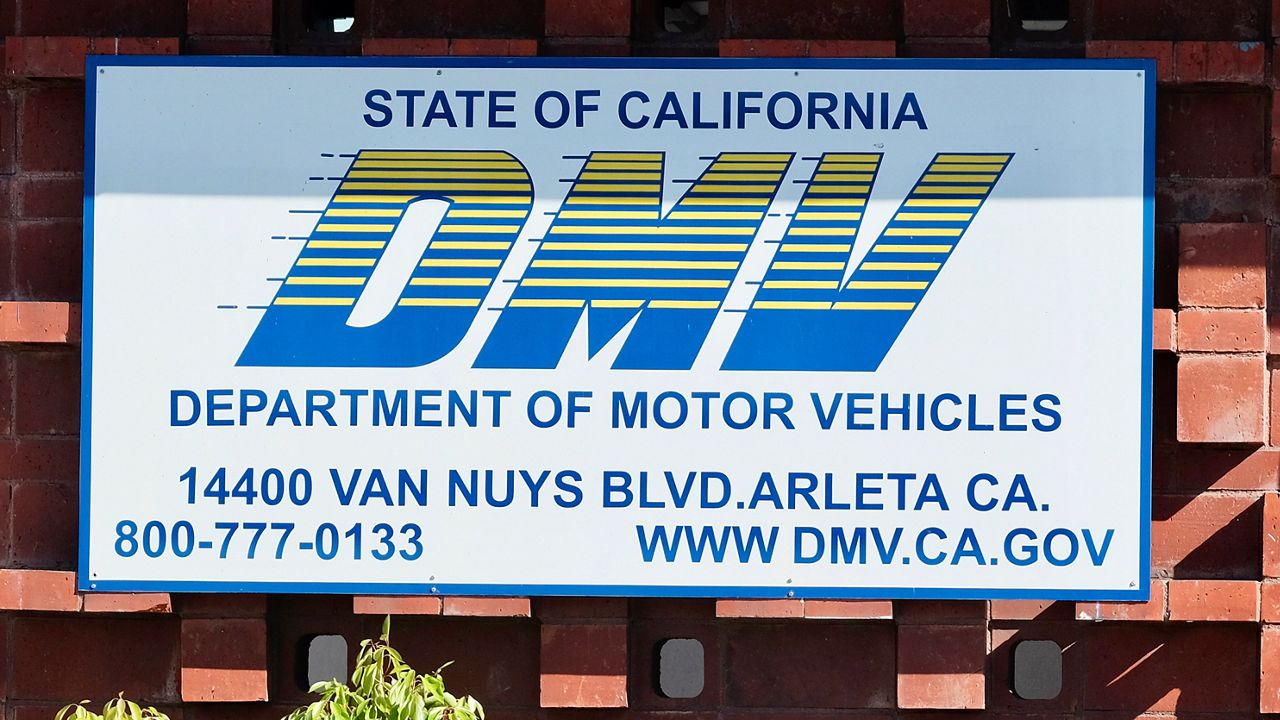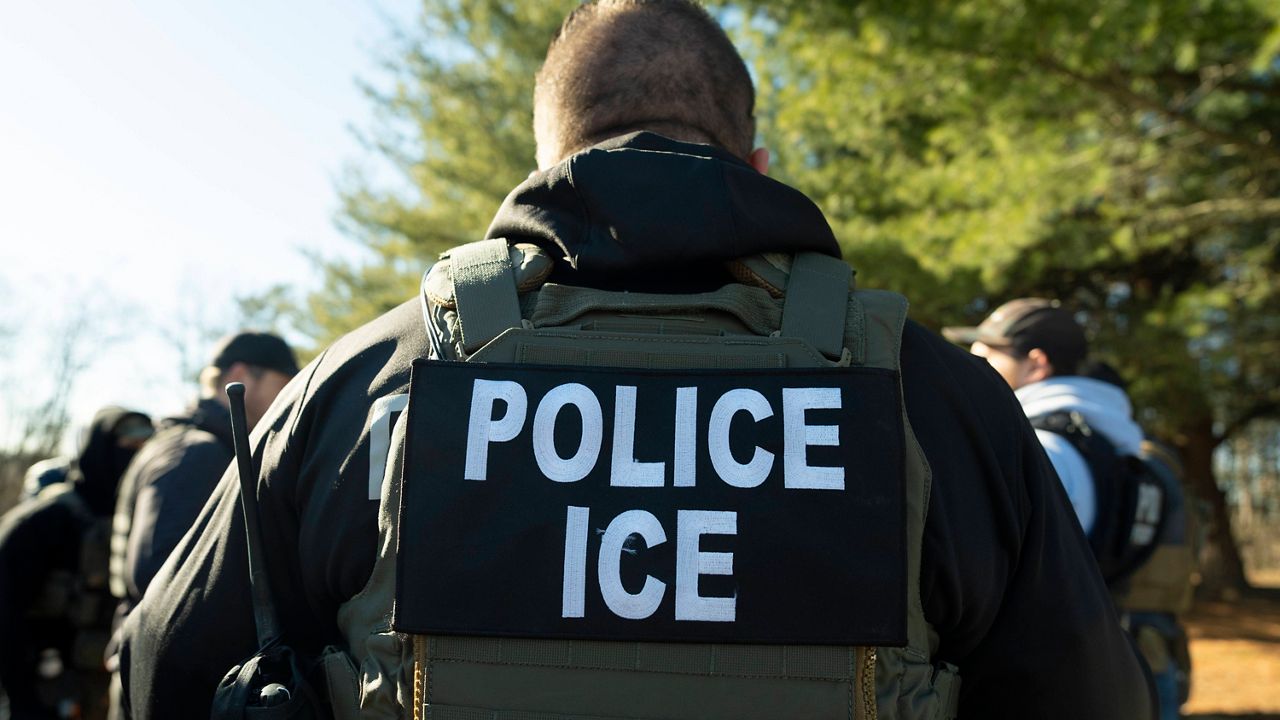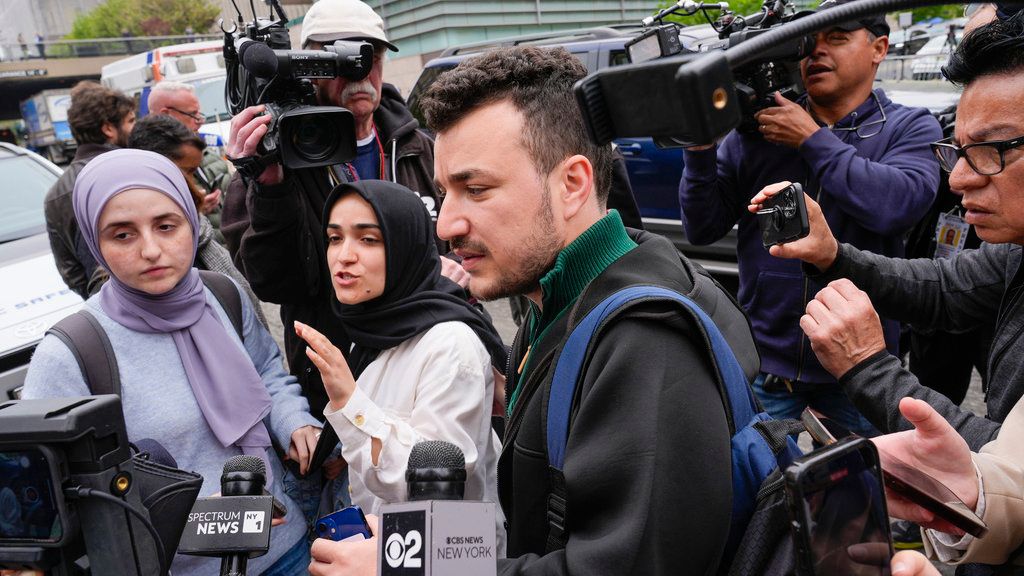To help protect against voter fraud, the state of Florida has Statute 101.048 in place for voter eligibility and verification of identity at polling precincts.
It gives voters whose eligibility has been challenged a chance to vote via provisional ballot.
- DECISION 2018: Election Results | Latest News
So what is a provisional ballot?
A provisional ballot is an alternative voting method for a voter whose eligibility is in question or cannot be verified at their polling site. Voters who vote a provisional ballot do not scan their ballots into the vote tabulation machine. Instead, provisional ballots are placed in secure envelopes to be delivered to the Supervisor of Elections office for further processing.
Common reasons for provisional voting
One of the most common reasons voters must vote a provisional ballot is not providing proper identification at the polls.
When residents head to the polls, they have to provide a current and valid picture identification with a signature at their assigned polling place.
Approved forms of picture identification are:
- Florida driver's license
- Florida identification card issued by the Department of Highway Safety and Motor Vehicles
- United States passport
- Debit or credit card
- Military identification
- Student identification
- Retirement center identification
- Neighborhood association identification
- Public assistance identification.
If the picture identification does not contain a signature, you will be asked to provide an additional identification with your signature.
Additionally, registered voters who moved to a Florida county from another Florida county but did not update their address prior to voting must vote a provisional ballot.
Only voters registered in Florida are permitted to vote in Florida.
You may also have to vote a provisional ballot if your registration does not show up on the voter rolls, or if someone at the polls challenges your eligibility for another reason.
Counting provisional ballots
All provisional ballots cast are reviewed for eligibility, and those approved are validated by the canvassing board and counted.
In 2016, 24,460 provisional ballots were submitted across the state, according to the Florida Division of Elections website. Only 10,998 were counted.
The secrecy of votes cast is protected during the canvassing board’s review of provisional ballots and only legal requirements for voting are examined.
The legal standard used by the canvassing board to review provisional ballots is as follows:
If it is determined that the person was registered and entitled to vote at the precinct where the person cast a vote in the election, the canvassing board shall compare the signature on the Provisional Ballot Voter’s Certificate and Affirmation with the signature on the voter’s registration and, if it matches, shall count the ballot.
Voters who forget their ID do not need to provide evidence of their eligibility to the canvassing board, as the signature on the affirmation they sign at the polls will be compared to their signature on record with the Elections office.
Voters who vote provisional for other reasons (for example, eligibility is challenged by another person, in the wrong precinct when voting, do not appear on the precinct register, etc.), should provide evidence to the canvassing board no later than 5 p.m. two days after the election to support the validity of the provisional ballot.
Within 30 days of Election Day, the Elections office will notify all persons who voted via provisional ballot whether their ballot was or was not deemed valid.
Information from the Florida Division of Elections









